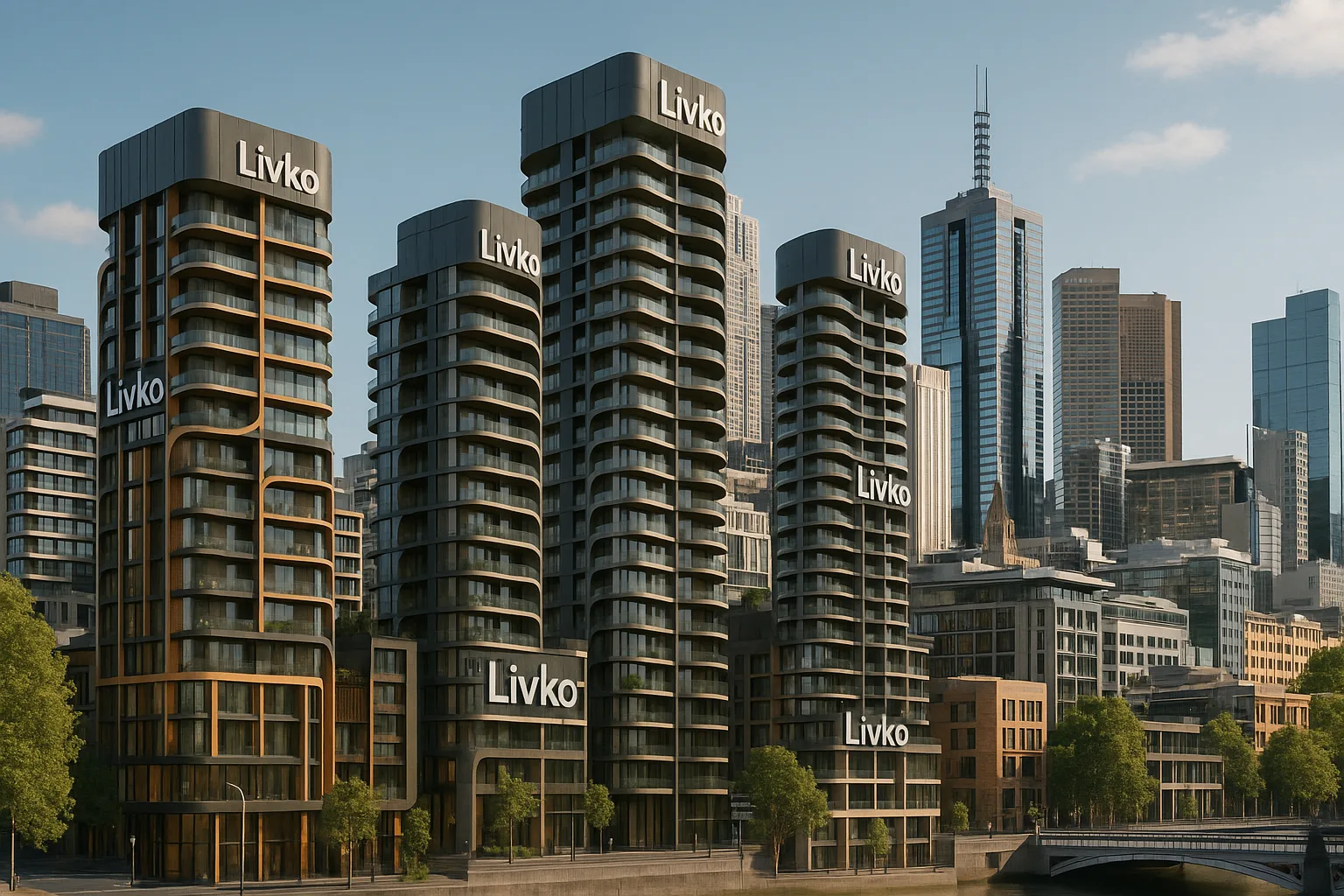In cities like Melbourne, the housing conversation often circles around affordability, density, and liveability. Yet, amid the familiar debates, a quieter question lingers:
What if the way we live together needs to change entirely?
London has been exploring this question through its Large-Scale Purpose-Built Shared Living (LSPBSL) guidance, offering a model that balances individual privacy with communal living. As Melbourne faces its own housing challenges, there’s value in examining how such a framework could inform our approach.
Understanding London’s LSPBSL Framework
The Greater London Authority’s (GLA) LSPBSL guidance provides a structured approach to co-living developments, focusing on quality, inclusivity, and integration into existing communities. Key aspects include:
- Design and Space Standards: Private units range from 18 to 27 square meters, complemented by communal areas offering at least 5 square meters per resident. These shared spaces are designed for cooking, dining, working, and socializing, promoting community interaction.
- Accessibility and Inclusivity: A minimum of 10% of units must be accessible, ensuring accommodation for residents with disabilities.
- Location Criteria: Developments should be situated in areas with high public transport accessibility (PTAL 4 or above) and be car-free, encouraging sustainable mobility.
- Management Plans: Operators are required to submit detailed management plans covering aspects like security, maintenance, and community engagement, ensuring long-term viability and resident well-being.
This guidance aims to create housing that is not only affordable but also fosters a sense of community, addressing both social and economic dimensions of urban living.
Applicability to Melbourne’s Housing Landscape
Melbourne’s housing market is characterized by escalating prices, limited rental options, and a growing demand for diverse living arrangements. Adapting London’s LSPBSL model could offer several benefits:
- Diversifying Housing Options: Introducing co-living developments can cater to singles, young professionals, and students seeking affordable, community-oriented housing.
- Optimizing Land Use: High-density co-living spaces make efficient use of limited urban land, aligning with Melbourne’s growth strategies.
- Enhancing Social Cohesion: Shared living arrangements can mitigate urban isolation, fostering connections among residents and contributing to vibrant communities.
However, implementing such a model requires careful consideration of local contexts, including cultural attitudes towards shared living and existing regulatory frameworks.
Steps Towards Implementation in Melbourne
- Policy Development: State and local governments should collaborate to create guidelines tailored to Melbourne’s needs, drawing from London’s LSPBSL framework.
- Pilot Projects: Initiating small-scale co-living developments can provide insights into operational challenges and community reception.
- Stakeholder Engagement: Involving residents, developers, and urban planners in the planning process ensures that developments meet diverse needs and gain public support.
- Monitoring and Evaluation: Establishing metrics to assess the social and economic impacts of co-living spaces will inform future housing strategies.
Reflecting on the Broader Implications
The exploration of co-living models like LSPBSL invites a broader reflection on how urban environments can adapt to changing demographics and lifestyles. It challenges traditional notions of housing, emphasizing flexibility, community, and sustainability.
As Melbourne continues to evolve, embracing innovative housing solutions grounded in thoughtful planning and community engagement will be crucial. The lessons from London’s approach offer a valuable starting point for reimagining how we live together in our cities.
By considering models like LSPBSL, Melbourne has the opportunity to lead in creating inclusive, adaptable, and resilient urban living environments.


